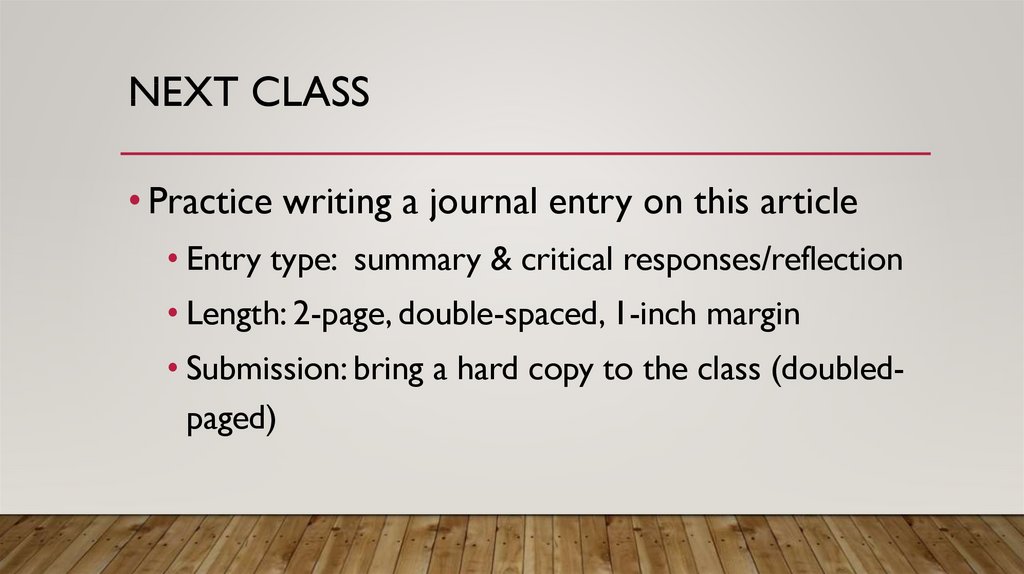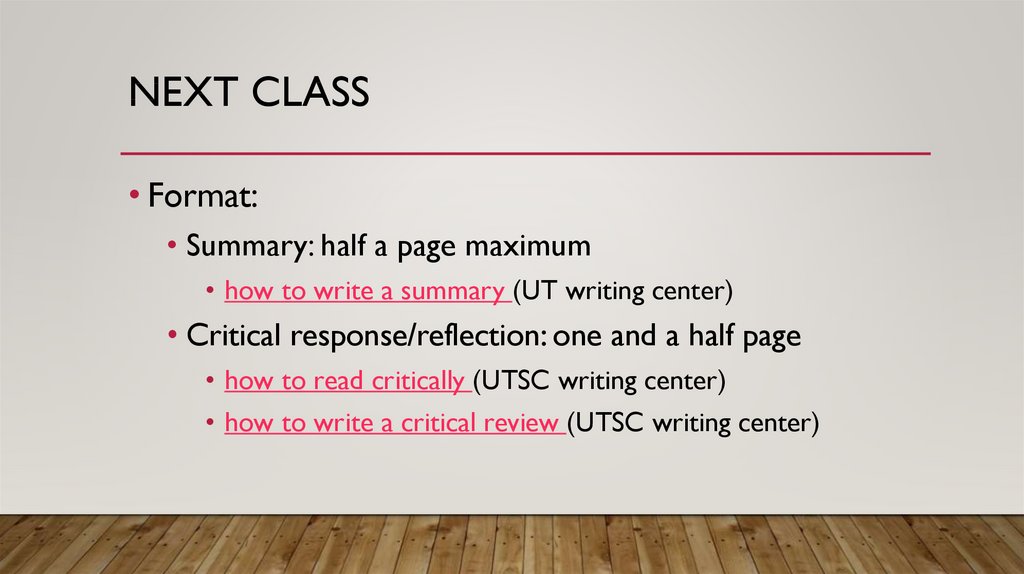Похожие презентации:
Lin/ltl 487 second language pedagogy. Week 1
1. Lin/ltl 487 Second language pedagogy
LIN/LTL 487SECOND LANGUAGE PEDAGOGY
WEEK 1
SPRING 2019
2. outline
OUTLINE• 1. syllabus
• 2. course overview
• 3. for next class
3.
Brief intro to secondlanguage pedagogy
second
language
acquisition
second
language
learning
second
language
pedagogy
second
language
teaching
second
language
learner
4. Second language LEARNING
SECOND LANGUAGE LEARNING• How many languages do you speak? What are
they? When do you speak them?
• Have you ever visited places (other than
Canada and your hometown) where people
use more than one language in their daily
lives? What language do they use? When and
why?
5. Second language LEARNING
SECOND LANGUAGE LEARNING• Why do people learn second languages*?
• Please make a list of reasons in your group:
• yourself
• people you know
• people you don’t know
* We do not distinguish ”second language” from “foreign language” in
this course.
6. Multilingual CANADA
MULTILINGUAL CANADASOURCE: CANADA 2016 CENSUS
7. Multilingual CANADA
MULTILINGUAL CANADASOURCE: CANADA 2016 CENSUS
8. Multilingual world
MULTILINGUAL WORLD• What languages are spoken in these countries:
• USA
• Australia
• England
• Germany
• France
9. Second language learner
SECOND LANGUAGE LEARNER• First language learning (acquisition) vs. second
language learning
• What are the differences? Think of your own
experiences
10. Second language learner
SECOND LANGUAGE LEARNER• Think about how the characteristics and learning conditions of the
following learners may differ:
1.
A young child learning a first language
2.
A child learning a second language in day care or on the playground
3.
An adolescent studying a foreign language in their own country
4.
An adult immigrant with limited or disrupted education working in
a second language environment and having no opportunity to go to
language classes
Source: Lightbown & Spada (2013)
11. Second language learner
SECOND LANGUAGE LEARNER+: usually there
-: usually absent
?: sometimes present, sometimes
absent, or you’re not sure
First language Second language
Young child
(at home)
Learner characteristics
Another language
Cognitive maturity
The pumpkin
story
Metalinguistic
awareness
World knowledge
Anxiety about
speaking
Young child
(playground)
Adolescent
(classroom)
Adult
(on the job)
12. Second language learner
SECOND LANGUAGE LEARNERLearning conditions
Freedom to be silent
Ample time
Corrective feedback
(grammar & pronunciation)
Corrective feedback
(meaning, word choice,
politeness)
Anxiety about speaking
Source: Lightbown & Spada (2013)
First
language
Second language
Young child
(at home)
Young child
(playground)
Adolescent
(classroom)
+: usually there
-: usually absent
?: sometimes present, sometimes
absent, or you’re not sure
Adult
(on the job)
13. Second language learner
SECOND LANGUAGE LEARNER?
?
What qualifies
as a good
language
learner?
14. Second language learner
SECOND LANGUAGE LEARNERThe Common European
Framework of Reference for
Languages
15. Second language learner
SECOND LANGUAGE LEARNER?
What makes a
good language
learner?
?
16. Second language learner
SECOND LANGUAGE LEARNERmemonics
17. Second language learner
SECOND LANGUAGE LEARNERSteve Kaufmann
18. Second language teaching
SECOND LANGUAGE TEACHING• Think of your second/foreign languages learning
experience…
• How did you learn your second/foreign languages?
• What teaching methods have you experienced?
• How did you learn to listen, speak, read and write?
• Did you learn lots of grammar/grammar terms?
• What was your teacher’s teaching styles?
19. Second language teaching
SECOND LANGUAGE TEACHING• Methods of language teaching:
• http://hlr.byu.edu/methods/content/grammar.html
• Have you ever experienced one of these teaching
methods?
• Which method would you prefer? Why?
• Which method would not work for you? Why not?
20. Second language acquisition
SECOND LANGUAGE ACQUISITION• The rational behind different teaching methods
21. Second language acquisition
SECOND LANGUAGE ACQUISITION• The rational behind different teaching methods
Source: Shrum, J. and E. Glisan (2016).
22. Lecture References
LECTURE REFERENCES• Johnson, K. (2017). An Introduction to Foreign Language Learning and
Teaching (3rd ed.). London: Routledge, Taylor & Francis Group.
• Lightbown, P., & Spada, N. (2013). How languages are learned (Fifth
Edition). Oxford: Oxford University Press.
• Shrum, J. and E. Glisan (2016). Teacher’s Handbook: Contextualized
Language Instruction (5th edition). Boston, MA: Cengage Learning.
23. Next class
NEXT CLASS• Reading:
• Wesely, P. (2012). Learner Attitudes, Perceptions,
and Beliefs in Language Learning. Foreign Language
Annals, 45 (S1), S98–S117.
• https://bit.ly/2LC5pe2
24. Next class
NEXT CLASS• Practice writing a journal entry on this article
• Entry type: summary & critical responses/reflection
• Length: 2-page, double-spaced, 1-inch margin
• Submission: bring a hard copy to the class (doubledpaged)
25. Next class
NEXT CLASS• Format:
• Summary: half a page maximum
• how to write a summary (UT writing center)
• Critical response/reflection: one and a half page
• how to read critically (UTSC writing center)
• how to write a critical review (UTSC writing center)

























 Образование
Образование Лингвистика
Лингвистика








